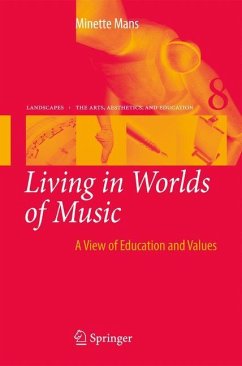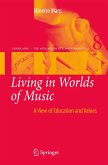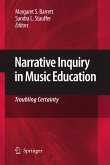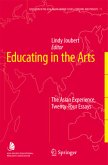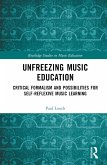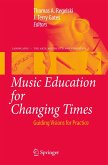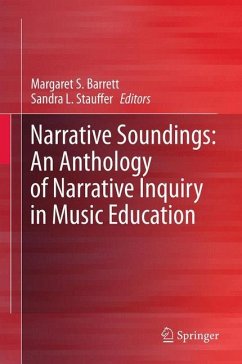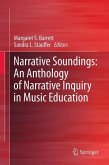Informed by her in-depth ethnomusical knowledge, the result of detailed fieldwork, Mans's book is about musical worlds and how we as people inhabit them. The book asserts that an understanding of our musical worlds can be a transformative educational tool that could have a significant role to play in multicultural music and arts education. She explores the way in which musical expression, with its myriad cultural variations, reveals much about identity and cultural norms, and shows how particular musical sounds are aesthetically related to these norms. The author goes further to suggest that similar systems can be detected across cultures, while each world remains colored by a distinctive soundscape.
Mans also looks at the way each cultural soundscape is a symbolic manifestation of a society's collective cognition, sorting musical behavior and sounds into clusters and patterns that fulfill each society's requirements. She probes the fact that in today's globalized and mobile world, as people move from one society to another, cross-cultural acts and hybrids result in a number of new aesthetics.
Finally, in addition to three personal narratives by musicians from different continents, the author has invited scholars from diverse specializations and locations to comment on different sections of the book, opening up a critical dialogue with voices from different parts of the globe. Musical categorization, identity, values, aesthetic evaluation, creativity, curriculum, assessment and teacher education are some of the issues tackled in this manner.
Mans also looks at the way each cultural soundscape is a symbolic manifestation of a society's collective cognition, sorting musical behavior and sounds into clusters and patterns that fulfill each society's requirements. She probes the fact that in today's globalized and mobile world, as people move from one society to another, cross-cultural acts and hybrids result in a number of new aesthetics.
Finally, in addition to three personal narratives by musicians from different continents, the author has invited scholars from diverse specializations and locations to comment on different sections of the book, opening up a critical dialogue with voices from different parts of the globe. Musical categorization, identity, values, aesthetic evaluation, creativity, curriculum, assessment and teacher education are some of the issues tackled in this manner.

